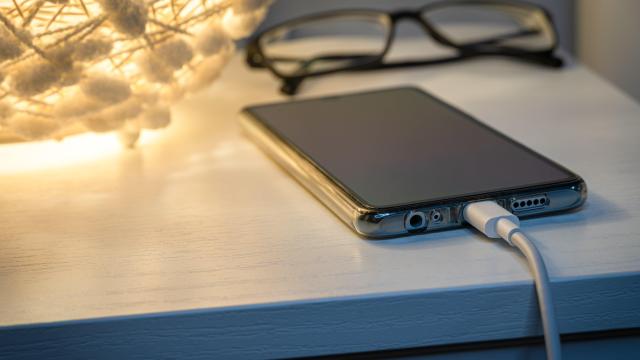For a while now, our tech has run on rechargeable batteries, and that’s great‚ until we plug in a device and discover it won’t charge. Alternatives like wireless charging can help, but a dead charging port on any device is no fun.
But if the charging port on your iPhone, Android, computer, Switch, or what have you doesn’t seem to be working, there’s an easy fix that might save you a trip to a repair store.
Most ‘broken’ charging ports aren’t actually broken
While an uncooperative port can affect any device, the one it affects most, of course, is your smartphone. Whether you have an iPhone or an Android, your phone probably moves in and out of your pockets or purse all day, every day. Along the way, your phone is interacting with a lot of dust and debris, and some of those particles inevitably end up trapped in the port.
At first, this won’t cause much of an issue. But over time, dust and debris can build up, to the point where it starts to seriously block the port. A telltale sign: When you plug in the charger, there’s not as strong of a “click.” Next, it takes longer to charge than it should. Eventually, it doesn’t charge at all. If you use the port for audio output, either with a USB-C or lightning solution, you’ll notice you can’t get anything to play out of your headphones. (The headphone jack was prone to this same issue back in the day, too — RIP 3.5mm.)
Your device won’t tell you there’s something wrong with the port. Instead, it’ll just fail to charge. When I worked at the Apple Store, customers came in all the time with this exact issue. Hell, I even once took my own phone to the Apple Store because of it. But we all could’ve saved ourselves the trip.
Fix a broken port by cleaning it
Don’t waste the time or money when you don’t have to. Whether it’s your iPhone, Android, Nintendo Switch, or another device with a faulty port, just try cleaning it first. You’ll likely be shocked to see just how much crud has built up over the years, and how much better the connection is between your charger or headphones with the port.
You do need to be careful when cleaning the port. Whether Lightning or USB-C, it features delicate pins that enable the connection between a cable and your device. If you’re not gentle, you could bend or damage these pins, which could actually break your port. Many in the tech world like using a SIM ejector tool like this one to clean ports, because the thin metal at the end is great at picking up dust and debris. However, using metal can be risky. As demonstrated by Insider Tech, the safer bet is to use a toothpick. Something made of plastic will work too.
To clean the port, gently insert the tool into it and carefully move it around to pick up anything inside. Exercise additional caution with USB-C devices, since those ports have an extra piece running through the middle. You may need to remove the tool (and any debris), clean it off, and repeat the process a few times to get everything. You can use a can of compressed air to shake stubborn gunk out of the port, but that’s probably overkill; I’ve only ever needed a tool to physically remove dust.
